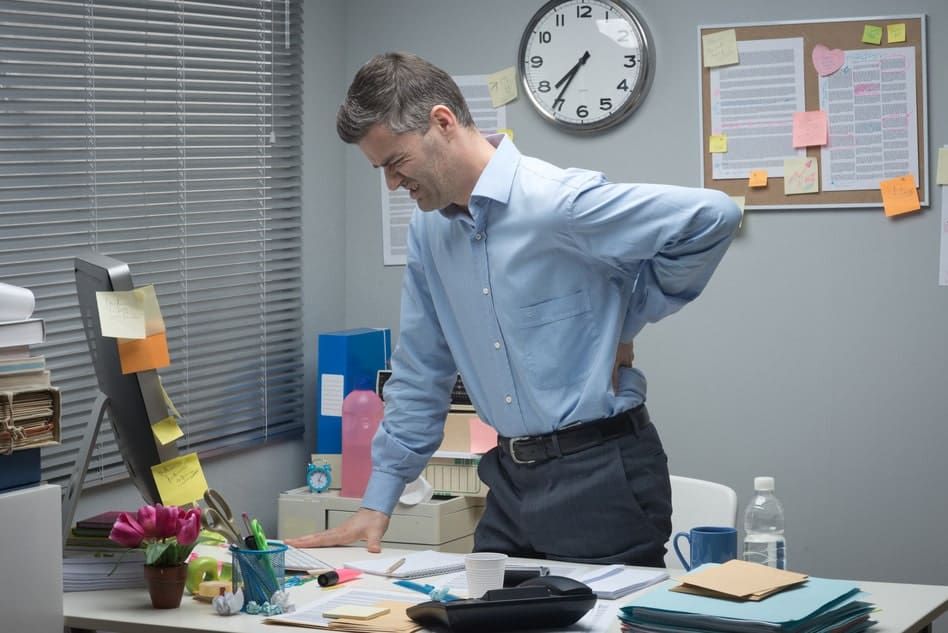Mid Back Pain

The fast-paced lifestyles of today have taken their toll on the backs of America. Currently, back pain is the number one cause of disability in those aged 19-45 and is the second leading cause of missed work days. Total annual costs for back pain in the US alone are estimated to be in excess of $60 billion.
A number of factors contributing to these statistics, including:
- overall increases in work demands
- overall decreases in physical activity
- increases in prolonged sitting (at the desk, in the car, in front of the television)
- lack of periodic spinal checkups and preventative care
- failure to seek immediate care following injury
- failure to receive adequate treatment for back injuries (i.e. medications only without proper rehabilitation of tissues)
- poor postural habits and lifting techniques
Causes of Mid Back Pain
Mid back pain is most commonly caused by irritation or injury to the muscles and ligaments of the thoracic spine. The high incidence of poor postural habits, lack of adequate exercise and muscle conditioning, as well as the ever more popular "seated" lifestyles of Americans are all major contributors. Chiropractors work hard to identify the exact problems of mid back pain so that only the safest and most effective treatments can be provided. Since the majority of mid back pain cases are caused by soft tissue problems or have a significant soft tissue component, hands on chiropractic treatments are extremely beneficial and have been shown to be superior to other forms of "back" care.Structures which are often the source of lower back pain include:
- thoracic facet joints and capsules
- thoracic paraspinal muscles and ligaments
- costovertebral joints (joints between the thoracic vertebrae and ribs)
- thoracic intervertebral discs
- thoracic spinal nerves
Most individuals experiencing mid back pain have a combination of:
The Treatment
Chiropractic doctors have successfully treated mid back pain for over 100 years. Through the use of natural and safe procedures, chiropractors correct the underlying problems which cause and contribute to the majority of mid back pain cases.The main treatment employed by the chiropractor is the chiropractic spinal adjustment. This noninvasive therapy consists of a gentle, manually or mechanically applied force into the segments of the spinal column. Spinal adjustments have been shown to decrease pain, increase spinal range of motion, decrease muscle spasm, reduce inflammation, optimize spinal biomechanics, and reduce the recurrence of old injuries.
